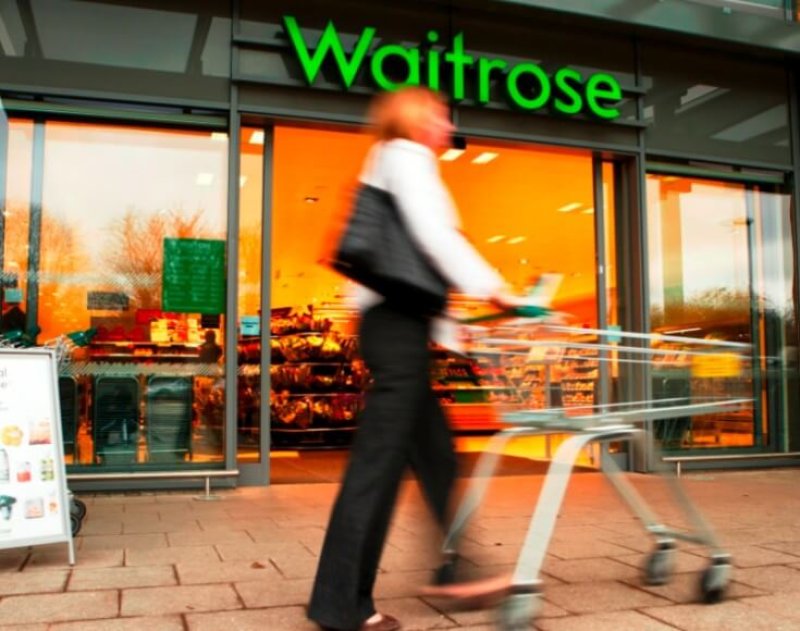Global warehouses are stuffed with frozen cuts of pork, wheels of cheese and bags of rice. But as the coronavirus snarls logistical operations …. [h]ow does all that food actually get to people?
Despite the inventories, grocery stores are looking almost apocalyptic with aisles of empty shelves. Panic buying has made it nearly impossible for retailers and suppliers to keep up with the unprecedented spike in demand. In just one example of the constraints, there’s a finite number of trucks that can load up at warehouses to bring in the chicken or ice cream or toilet paper that people want to buy.
Then there’s this weird knock-on from the outbreak in China: Fewer goods were shipped out of Asia [in February], and now there aren’t enough empty containers in countries like Canada to send peas out to the world.
“There’s a complicated web of interactions we don’t often think about that’s all part of the food-supply chain: truckers, rail cars, shipping, plant workers,” said Jayson Lusk, head of the department of agricultural economics at Purdue University. There are “big buckets of possible disruption,” and it’s possible the whole thing “is more fragile than we think it is,” he said.































